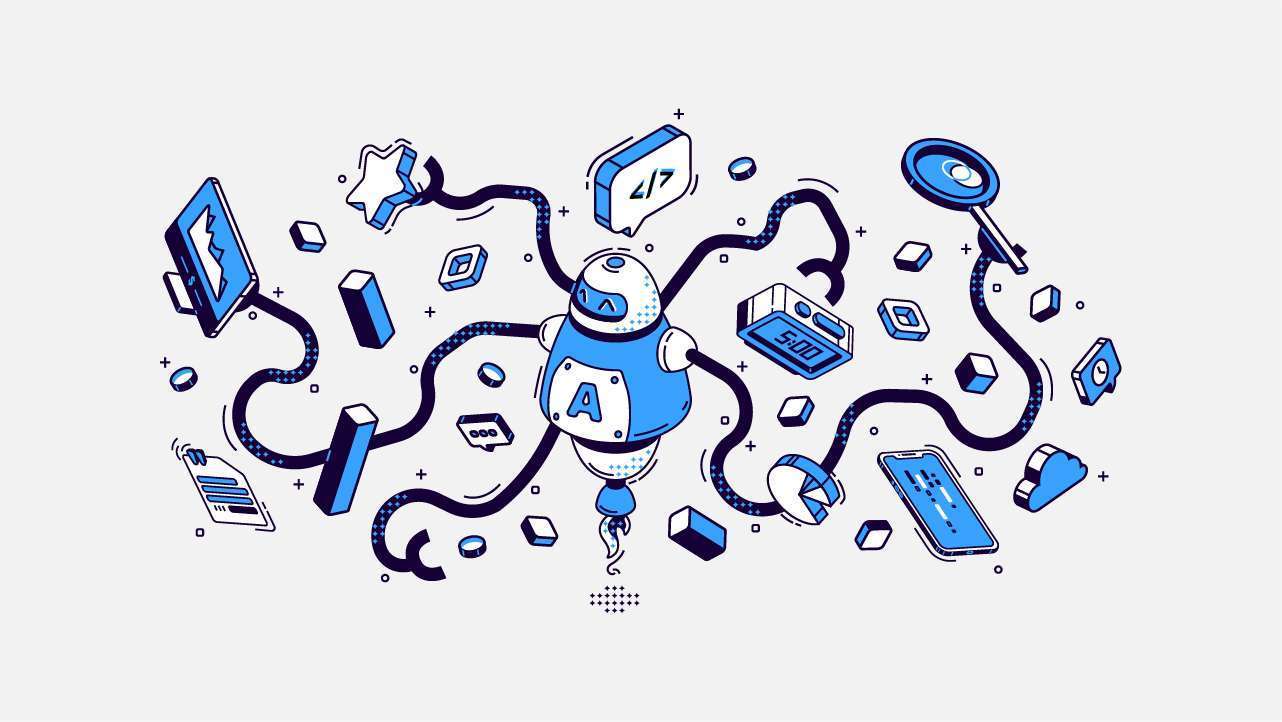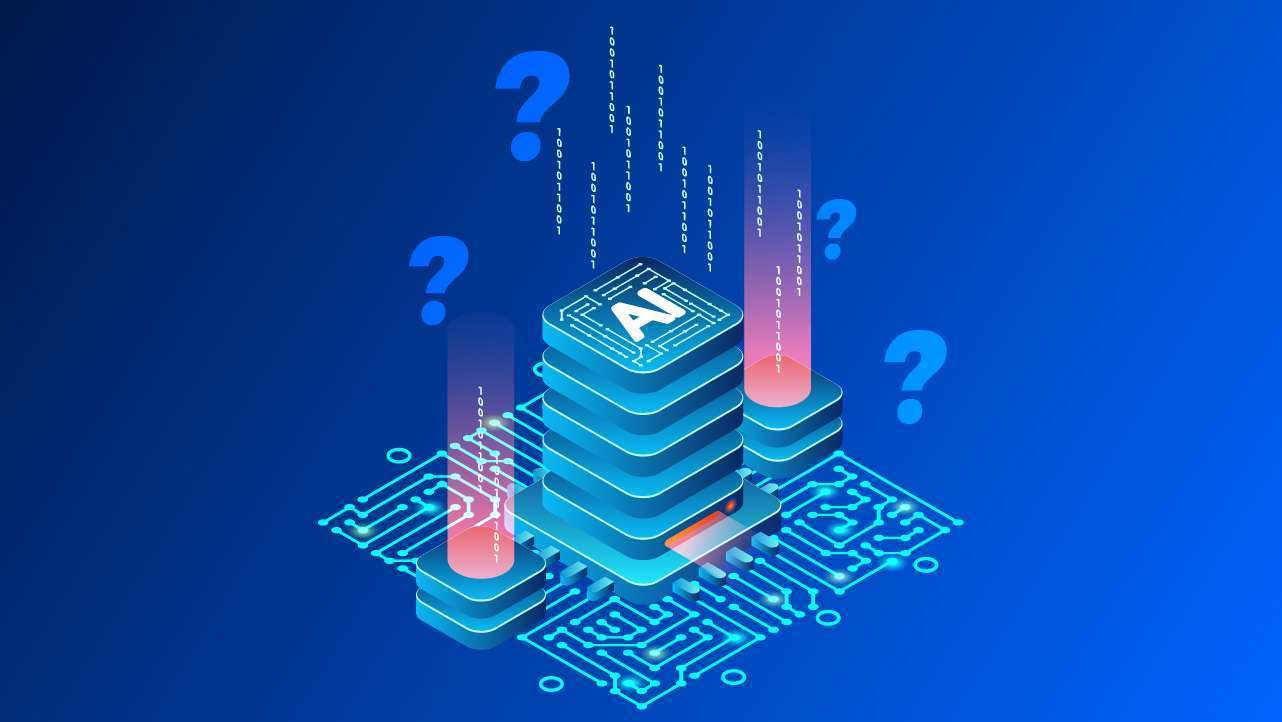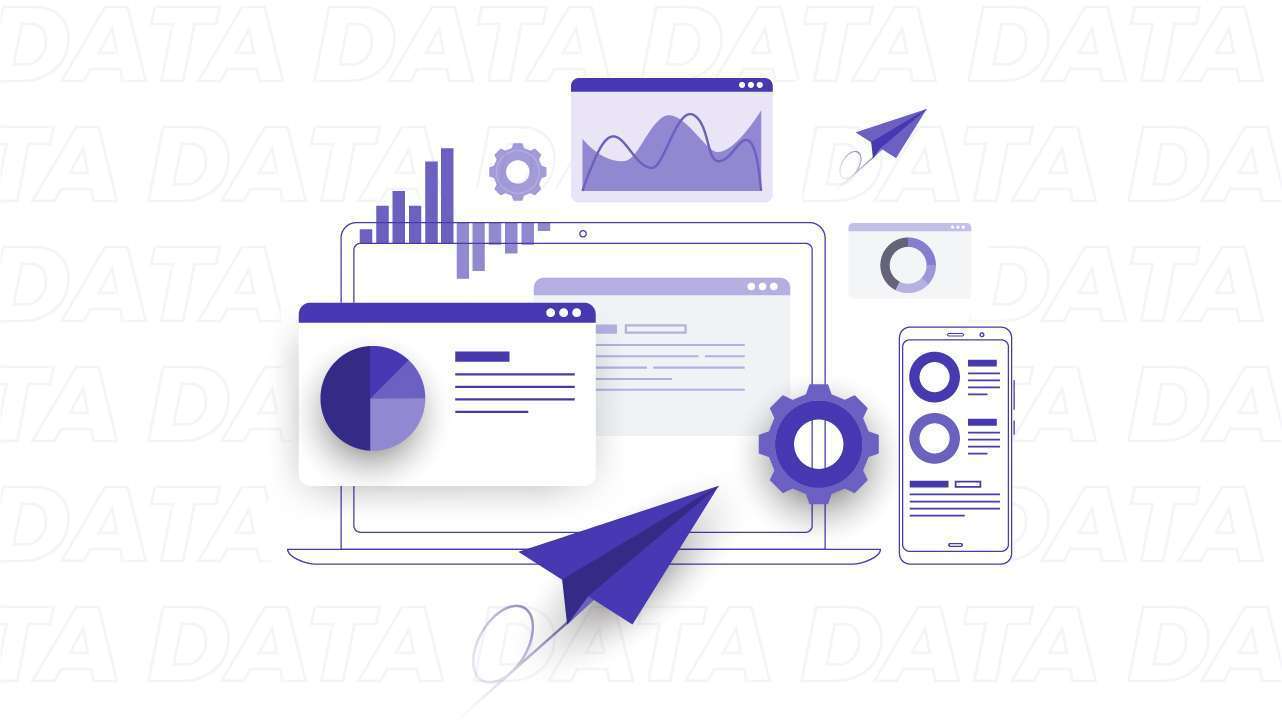AI, ML, DL, and Data Science: Why Does My CTO Keep Using These Terms?

In this era of technology, the world is becoming smaller, businesses are getting digitized, and we’re moving towards a virtual world that’s filled with…
Technical jargon.
Words like artificial intelligence, machine learning, deep learning and data science are making the rounds. Whether you’re an entrepreneur looking for advanced business solutions, or a software engineer who wants to ride the wave of these new and exciting technologies- the curiosity surrounding these terms is unprecedented- as it should be.
So what exactly is artificial intelligence, machine learning, deep learning and data science? And how are they different from one another?
Well, the basic objective of AI, ML, or DL was to imitate cognitive behaviour and provide machines with the ability to make decisions, solve problems or even comprehend human communication. And while ML and deep learning are very much a subset of artificial intelligence, and their applications are overlapping in nature, there is a difference between them.

To explain it in layman’s terms-
Artificial Intelligence is a broad discipline that includes machine learning and deep learning. It is basically a simulation of human intelligence. For example, if artificial intelligence was implemented in a hospital and it is programmed with all the symptoms and corresponding diseases,, AI would enable the machine to infer what disease the patient may be suffering from based on the symptoms they show. This AI is also called an Expert System.
Machine Learning, on the other hand, enables a system to make predictions, draw inferences based on data provided to it. It also has the ability to learn and improve based on its past learnings. So, if machine learning was implemented in the aforementioned hospital system, it would enable the system to predict the diseases a patient may suffer from in the future, based on their history and symptoms/problems they are suffering from currently.
Deep Learnings a subset of machine learning. A machine learning model essentially understands the correlation between the input and output. Based on this information it produces outputs for inputs in the future. With deep learning, the information goes through multiple “layers” to give the final output.
Much like a human brain, it makes “connections” between pieces of information to draw a conclusion. This means a deep learning algorithm can examine diagnostic images, visible symptoms as well as medical history etc to determine the prognosis.
And hence this technology typically relies on a larger set of data to train the model as compared to machine learning.
Data Science is a separate branch of computer science. Although the term data science has often been used interchangeably with Artificial intelligence, data science used statistics, analysis and visualisation to make sense of large chunks of data and to understand patterns and trends.
Which means data science when employed at the same hospital would suggest the best healthcare plans for the patients based on their medical history, current symptoms and also account for other factors such as income class.
Diving into the deep end, let’s understand these terms from the technological point of view-
What is Artificial Intelligence?
AI or artificial intelligence is the computer-controlled human intelligence simulation processed by machines. It can be said to be the ability of computers to perform intelligent tasks. The computer system is generally endowed with intellectual characteristics such as reasoning ability, discovering, or gathering data from past lessons.
The major goals of AI are achieving either one of Strong AI, Applied AI, or cognitive stimulation. Strong AI aims to build machines that think, while Applied AI aims to produce commercially viable smart systems. On the other hand, cognitive simulation computers are used to test theories on how the human mind works.

What are the types of Artificial Intelligence?
AI can be broadly divided into 3 types based on capabilities and the hardware they use-
-
Weak AI or Artificial Narrow Intelligence
Currently, the artificial intelligence we rely on falls under this category. Under this type of AI, the system is able to make decisions based on the data set provided to it. It cannot perform tasks that lie outside these specific instructions. It also does not account for consciousness and emotions like a human would.
-
Artificial General Intelligence
General AI system has not been realised in reality. However, in theory this type of AI technology would be able to think exactly like a human would, accounting for information as well as feelings and consciousness.
-
Artificial Super Intelligence
In theory artificial super intelligence is far more advanced than human intelligence
Technology has made our lives better without any doubt. The never-ending benefits of AI include a reduction in human error, being available 24*7, faster decision and digital assistance, efficient communication, and many more.
Real-life examples of AI: Smart Assistants, Self Driving Cars, Conversational Bots, Spam Filters, Netflix’s recommendations
What is Machine Learning?
Machine Learning is a part of AI, which focuses on the use of algorithms and data to imitate the human learning process and implement it into machines. It gives the device the ability to learn and improvise from their own experience without any coding. This also includes the task of intelligent automation and simple rule-based classification. Machine learning is fundamentally apart from AI, as it has the capability to evolve.
Artificial Intelligence is the broader scope of imitating human abilities, while machine learning is a subset of AI which trains itself based on self-learning models. The machine learning algorithm trains based on a large data set using various statistical and mathematical models.
Types of Machine Learning Algorithms:
The three types of Machine Learning Algorithms are-
-
Supervised Learning
This machine learning model learns from the relation between two defined data sets of input and output. The data set provided to the system is always categorized and labelled.
-
Unsupervised Learning
Unsupervised learning is a technology that trains on unlabelled and unsorted data. It works on a single data set and catogorises it to establish
-
Reinforcement Learning
In this model, the machine is capable of learning from an interactive environment. It relies heavily on trial and error and the machine also learns from its past mistakes to improve its efficiency and performance.
There are an endless number of advantages to Machine Learning. Machine Learning comes handy in automation of everything, with a wide range of applications, and efficient data handling.
The real-life examples of Machine Learning implementation include- Image Recognition, Voice Recognition, Medical Diagnosis, Statistical arbitrage, Predictive analytics, and Extraction.
What is Data Science?

Data Science is a combination of multiple fields like statistics, artificial intelligence, and data analysis to extract the required output from the data set. The data can be collected from different sources like the web, smartphones, customers, sensors, and others. The process includes everything from gathering, cleaning, aggregating, and manipulating the data which would be required to perform the advanced analysis. Data Science also helps in predictive analysis and making important business decisions.
What is Deep Learning?

Deep Learning is a part of machine learning which is concerned with the algorithm inspired by the function and structure of the brain. It can be said to be a pipeline of neurons that are trained because it has multiple stages in the process of recognizing an object.
Deep learning is a specialised form of machine learning, which can perform an end to end learning. The network is given raw data and tasks to perform which then learns to do it automatically. Deep learning is often used to replicate human thought process, such as language tasks.
As artificial intelligence, machine learning, deep learning and data science become a bigger part of the present and future, it’s important for programmers as well as other professionals to understand these terms, their impact on the world of technology and how they can help shape the future.
Here’s hoping we’ve helped you through that mission!




